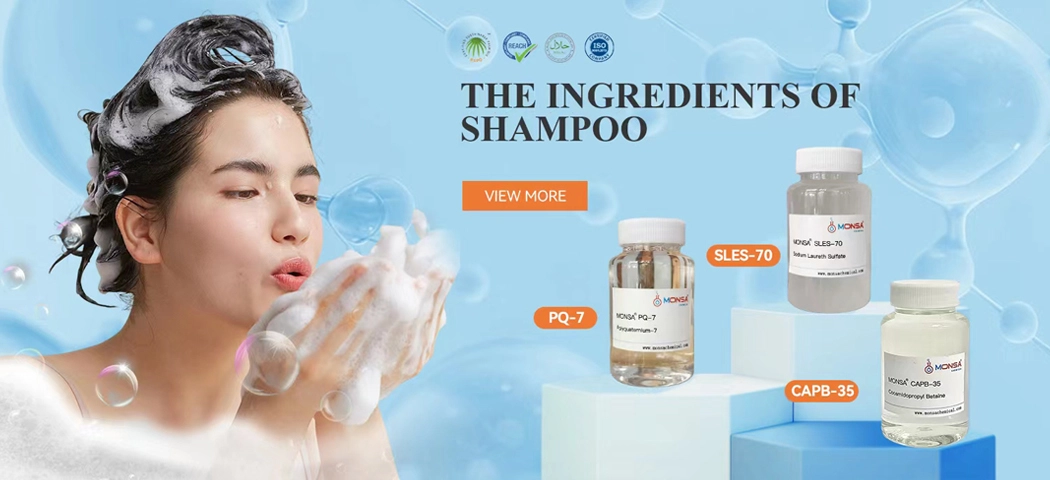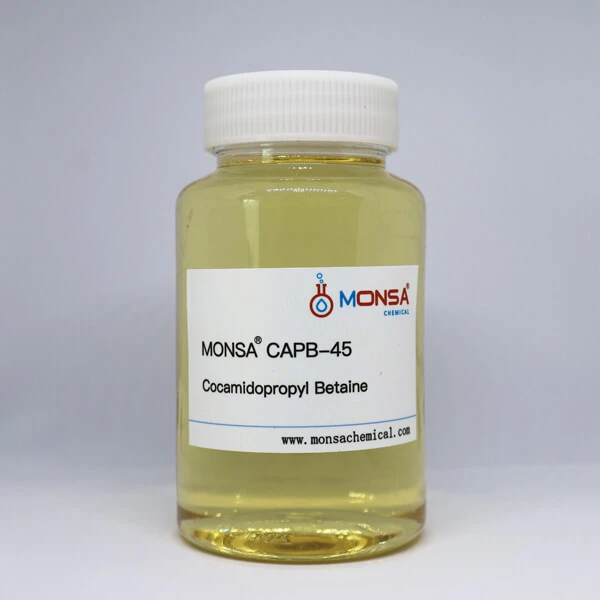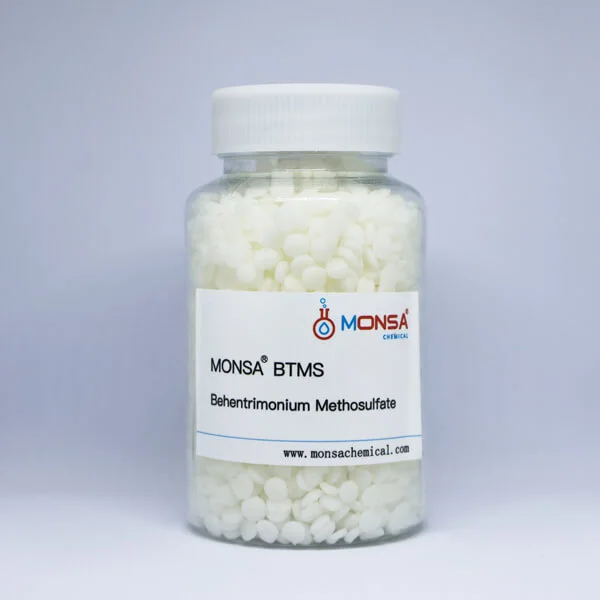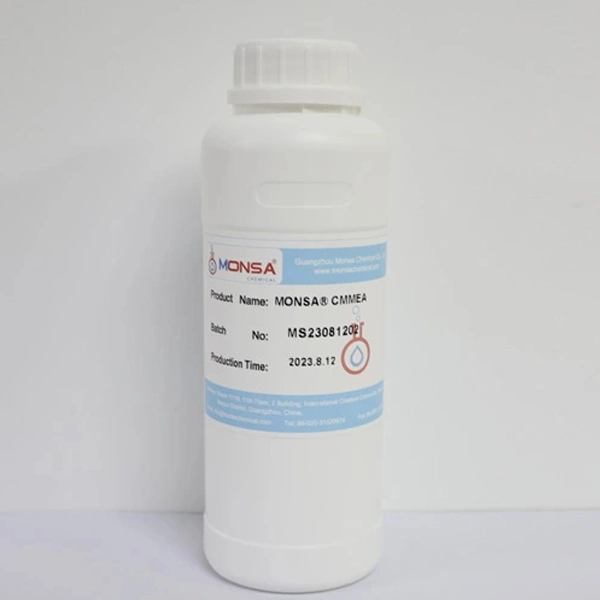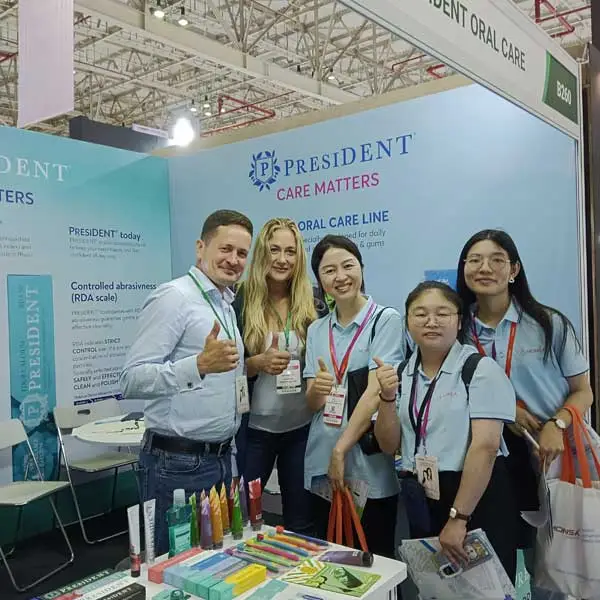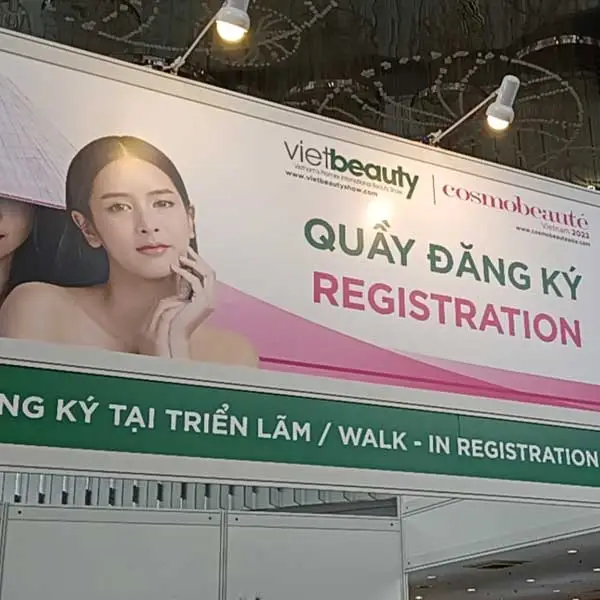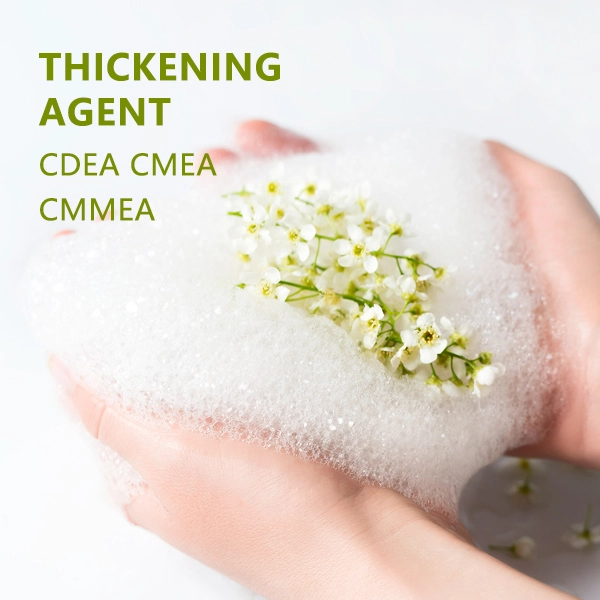Emulsifier is one of the most commonly used and widely used surfactants in daily life. It is a kind of amphiphilic compound, which has a polar or hydrophilic part and a nonpolar or lipophilic part. Emulsifiers play a crucial role in the fields of food, pharmaceuticals, hair design, personal hygiene, and cosmetics. This article will delve into the functions, types, and importance of emulsifiers in cosmetics.
Oil-based Emulsifiers and their importance in cosmetics
In the development process of cosmetics, in addition to adding various effective ingredients, oil-based emulsifiers play a key role as important additives. They have multiple functions in cosmetics, such as emulsification, dispersion, solubilization, lubrication, softness, and stability. Emulsifiers can evenly disperse two immiscible liquids together, providing cosmetics with stable texture and user experience.
Selection and Impact of Oil-based Emulsifiers
Choosing the appropriate emulsifier is crucial for the texture and effects of cosmetics. Improper selection may cause oil droplets to merge and lead to product stratification, affecting the stability of the product. Suitable oil based emulsifier can ensure the uniform dispersion of cosmetics during use, improving the texture of the product and ensuring the stability of active ingredients.
Emulsifiers Commonly Used
There is a wide variety of cationic emulsifier types in cosmetics, including non-ionic emulsifiers, anionic emulsifiers, cationic emulsifiers, and amphoteric emulsifiers. Here are some commonly used types of emulsifiers:
Non-Ionic Emulsifiers - Polyethylene Glycol (PEG) Types: Fatty alcohol polyoxyethylene ethers, polyethylene glycol fatty acid esters, etc. have strong wetting properties, emulsifying properties, and are easily biodegradable.
Non-Ionic Emulsifiers - Glycerol Esters: Glycerol ester emulsifiers are mild and widely used, particularly in cosmetics. Examples include glyceryl stearate, which is glycerol esterified with stearic acid, and is commonly added to cosmetic formulations.
MONSA® A165 Parameters
| INCI name | Glyceryl Stearate (and) PEG-100 Stearate |
| Trade name | MONSA® A165 |
| CAS No. | 123-94-4, 9004-99-3
|
| Dosage | 2.0-8.0% |
| Synonym | Ethylene glycol, monostearate Stearic acid, 2-hydroxyethyl este |
Non-Ionic Emulsifiers - Polyglyceryl Esters: Polyglyceryl esters, abbreviated as PGFE, are quite stable in acidic, alkaline, and neutral environments. They are commonly found in products like foundation creams and sunscreens.
Non-Ionic Emulsifiers - Sugar-Derived: Sugar-derived emulsifiers are known for their biodegradability and mildness. They possess strong emulsifying abilities and are commonly used in high-end cosmetics.
Anionic Emulsifier - Sodium Cetearyl Sulfate: Used in medium to low-grade O/W (Oil-in-Water) foundations and sunscreens.
Anionic Emulsifier - Sodium Cocoyl Glycinate: Used at low concentrations, commonly found in facial cleansers, face masks, bubble baths, and sunscreen cream formulations.
Cationic Emulsifier - Quaternary Ammonium Salts: Possessing antibacterial and adsorption properties, these are commonly used in hair care products such as conditioners and hair masks.
Amphiphilic Emulsifier - Phospholipids: Examples include soy lecithin, used as a skin-conditioning agent. Commonly found in beauty products like lipsticks, mascara, face powders, and compact powders.
In summary, emulsifiers play an indispensable role in cosmetics. Proper selection and use of emulsifiers not only ensure the stability and texture of the products but also provide users with a better overall experience. In the development of cosmetics, formulators need to consider the types, performance, and compatibility of emulsifiers comprehensively to create high-quality products that meet market demands. A profound understanding of emulsifiers allows us to better grasp the scientific beauty behind cosmetics.

